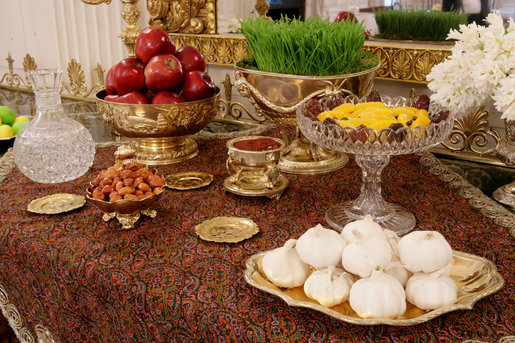Facts About Nowruz
Nowruz, celebrated as the Iranian or Persian New Year, is a vibrant and ancient festival rooted in Iran and Zoroastrianism. This joyous occasion has been cherished for over 7,000 years by various ethnic and linguistic groups across Western Asia, Central Asia, the Caucasus, the Black Sea Basin, the Balkans, and South Asia.
Marking the arrival of spring in the Northern Hemisphere, Nowruz falls on the vernal equinox, usually around March 21. It also marks the first day of Farvardin, the first month of the Iranian calendar. As the Sun crosses the celestial equator, balancing night and day, families gather to partake in time-honored rituals.
In 2010, the United Nations recognized this festival's significance by designating it as the "International Day of Nowruz." The celebrations are rich with customs such as thorough house cleaning, visiting loved ones, and setting up the Haft-sin table adorned with symbolic items. Festivities also include lively activities like Charshanbe Suri, where people jump over bonfires to cleanse away the old year's troubles.
Different regions have their unique traditions. In Iran, you'll find Amu Nowruz and Haji Firuz, while Azerbaijan celebrates with Khoncha, and Afghanistan with Haft Mēwa. The festival's origins are deeply embedded in ancient Iranian mythology, with references in the epic Shahnameh and connections to Zoroastrianism, Mithraism, and other ancient religions.
Nowruz is embraced globally in countries such as Canada, Afghanistan, Armenia, Azerbaijan, Bangladesh, Central Asia, China, Georgia, India, Iran, and by Kurds in Turkey and Syria, Pakistan, and followers of the Bahá'í Faith, Shia Muslims, and other religious communities. It symbolizes new beginnings and the arrival of spring. Communities gather to feast, share goodwill, and celebrate the cultural significance of this beautiful festival.

 Turkmenistan
Turkmenistan